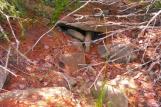1
Remsheg Bay ResearchThe Wallace and Area Musem is proud of its research in all parts of its rich area history. Wallace was once a native Mi'kmaq settlement before it became a French Acadia Village. In 1784, it became home to about 460 United Empire Loyalists from New York at the end of the American Revolution. These settlers were followed by Scottish and Irish immigrants. Since 1990, the Wallace and Area Museum has endevoured to collect, research and display local history to enable residents to learn the Wallace Story.
In April of 2010 the Museum applied for a research permit in the Dewar River area of Malagash, inorder to collect the Acadian Story. The permit was a first class permit, only enabling staff and volunteers to view the site, no digging or removing of any artifacts. Because of the high grass on the marsh it was necessary to photograph features in the early spring, fall and winter.
2
Nova Scotia Government Research Permit for Acadian Dyke Project21st Century. Circa. May 2010
Dewar River, Malagash, Cumberland County, Nova Scotia.
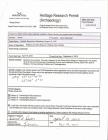 Credits:
Credits:David Dewar
3
Foundation stones of Acadian home on Steven's Hill, Dewar River, Malagash18th Century. Cica 1720
Dewar River, Malagash, Cumberland County, Nova Scotia.
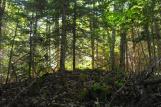 Credits:
Credits:Jim Reeves
4
Foundation stones from an Acadian Dwelling near the Dewar River18th Century, Circa 1720
Dewar River, Malagash, Cumberland County, Nova Scotia.
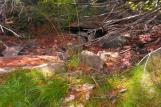 Credits:
Credits:Jim Reeves
6
A 1.5 metre wide well, with foundation stones on the surface18th Century, Circa 1720
Dewar River, Malagash, Cumberland County, Nova Scotia.
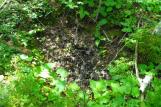 Credits:
Credits:Jim Reeves
Brett Nuttal
7
Moss covered Acadian dwelling foundation stones18th Century, Circa 1720
Dewar River, Malagash, Cumberland County, Nova Scotia.
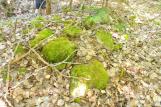 Credits:
Credits:Jim Reeves
Brett Nuttall
8
Stones from a small Acadian house18th Century, Circa 1720
Dewar River, Malagash, Cumberland County, Nova Scotia.
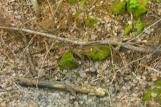 Credits:
Credits:Brett Nuttall
9
More evidence of rock foundations used for Acadian buildings found on Steven's Hill18th Century, Circa 1720
Dewar River, Malagash, Cumberland County, Nova Scotia.
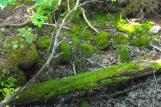 Credits:
Credits:Jim Reeves
10
Foundation stones from Steven's Hill on Dewar River18th Century, Circa 1720
Dewar River, Malagash, Cumberland County, Nova Scotia.
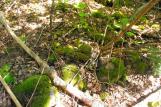 Credits:
Credits:Jim Reeves
11
Jim Reeves points to a "borrow" pit (a pit used by Acadians to get materials to build a dyke)18th Century, Circa 1720
Dewar River, Malagash, Cumberland County, Nova Scotia.
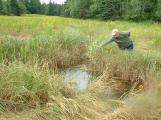 Credits:
Credits:Brett Nuttall, Museum Educator
12
Acadian material pit behind a dyke on Dewar River.18th Century, Circa 1720
Dewar River, Malagash, Cumberland County, Nova Scotia.
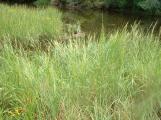 Credits:
Credits:Jim Reeves
13
This lush marsh land on facing south on Dewar River was important for hay production18th Century. Circa 1720
Dewar River, Malagash, Cumberland County, Nova Scotia.
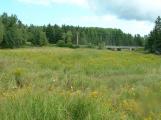 Credits:
Credits:Jim Reeves
14
Two members of North Cumberland Historical Society: Graham Brown (left) and Carl Demings (right)20th Century,
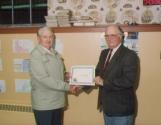 Credits:
Credits:North Cumberland Historical Society
